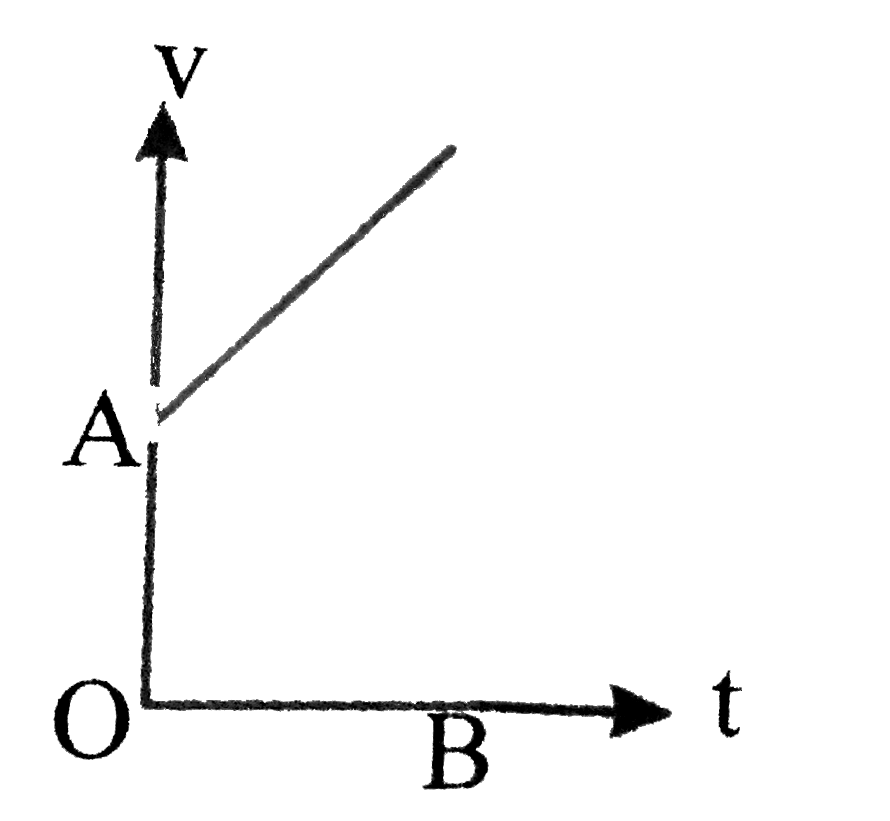If a quantity B is a part of another quantity A, then A can be written as the sum of B and some third quanrity C.
The correct Answer is:1
To solve the question, we need to analyze the statement: "If a quantity B is a part of another quantity A, then A can be written as the sum of B and some third quantity C."
1. Understanding the Relationship:
- Let's denote the quantities as follows: A is the whole quantity, B is a part of A, and C is another quantity that, when added to B, gives us A.
2. Expressing the Relationship Mathematically:
- Since B is a part of A, we can express this relationship as:
B<A
- This means that A is greater than B.
3. Introducing the Third Quantity C:
- To express A in terms of B and C, we can write:
A=B+C
- Here, C represents the remaining part of A that, when added to B, will equal A.
4. Justifying the Statement:
- According to Euclid's axioms, specifically the axiom that states "the whole is greater than the part," we can conclude that if B is a part of A, then there must exist some quantity C such that when added to B, it results in A.
- Therefore, the statement "If a quantity B is a part of another quantity A, then A can be written as the sum of B and some third quantity C" is indeed true.
Conclusion:
Thus, the statement is True.
- Let's denote the quantities as follows: A is the whole quantity, B is a part of A, and C is another quantity that, when added to B, gives us A.
- Since B is a part of A, we can express this relationship as:
B<A
- This means that A is greater than B.
- To express A in terms of B and C, we can write:
A=B+C
- Here, C represents the remaining part of A that, when added to B, will equal A.
- According to Euclid's axioms, specifically the axiom that states "the whole is greater than the part," we can conclude that if B is a part of A, then there must exist some quantity C such that when added to B, it results in A.
- Therefore, the statement "If a quantity B is a part of another quantity A, then A can be written as the sum of B and some third quantity C" is indeed true.
Thus, the statement is True.
Topper's Solved these Questions
- BOOK - NCERT EXEMPLAR ENGLISHCHAPTER - INTRODUCTION TO EUCLID GEOMETRYEXERCISE - Exercise 5.3 Short Answer Type Questions12videos
INTRODUCTION TO EUCLID GEOMETRY
- BOOK - NCERT EXEMPLAR ENGLISHCHAPTER - INTRODUCTION TO EUCLID GEOMETRYEXERCISE - Exercise 5.4 Long Answer Type Questions5videos
INTRODUCTION TO EUCLID GEOMETRY
- BOOK - NCERT EXEMPLAR ENGLISHCHAPTER - INTRODUCTION TO EUCLID GEOMETRYEXERCISE - Exercise 5.4 Long Answer Type Questions5videos
INTRODUCTION TO EUCLID GEOMETRY
- BOOK - NCERT EXEMPLAR ENGLISHCHAPTER - HERON'S FORMULAEXERCISE - Long Answer Type Questions8videos
HERON'S FORMULA
- BOOK - NCERT EXEMPLAR ENGLISHCHAPTER - LINEAR EQUATION IN TWO VARIABLESEXERCISE - Exercise 4.81videos
LINEAR EQUATION IN TWO VARIABLES
Similar Questions

The variation of quantity A with quantity B is plotted in the fig. Describes the motion of a particle in a straight line.
(a) Quantity B may represent time.
(b) Quantity A is velocity if motion is uniform.
(c) Quantity A is displacement if motion is uniform
(d) Quantity A is velocity if motion is uniformly accelerated.View SolutionIf positive quantities a,b,c are in H.P., then which of the following is not true ?
View Solution
Knowledge Check
- Question 1 - Select One
The harmonic mean of two quantities a and b is defined as 2aba+b. If the harmonic mean of the quantities x and 12 is one less than the average of the same two quantities, which of the following can be the value of the sum of digits in x?
A1B2C4D5 - Question 2 - Select One
A certain physical quantity is calcualted from the formula π3(a2−b2) h where h, a and b are all lengths. The quantity being calculated is
AvelocityBlengthCareaDvolume
If a,b,c three unequal positive quantities in H.P .then
View SolutionQuantities a, 2, 10 and b are in continued proportion, find the values of a and b.
View SolutionIf A and B are two physical quantities having different dimensions then which of the following can denote a new physical quantity?
View SolutionThe non-SI and SI units of some physical quantities are given in Column A and Column B respectively. Match the units belonging to the same physical quantity.
 View Solution
View Solution20 is divided into two parts so that product of cube of one quantity and square of the other quantity is maximum. The parts are
View SolutionLet x=[a2b2c] be the physical quantity. If the percentage error in the measurement of physical quantities a,b, and c is 2,3 and 4 per cent respectively, then percentage error in the measurement of x is
View Solution

